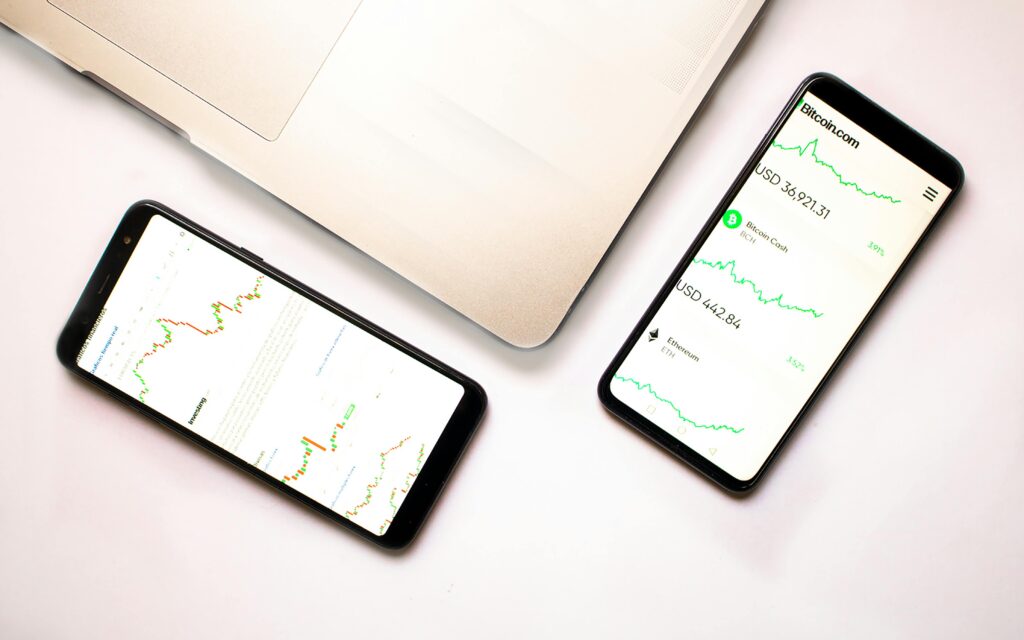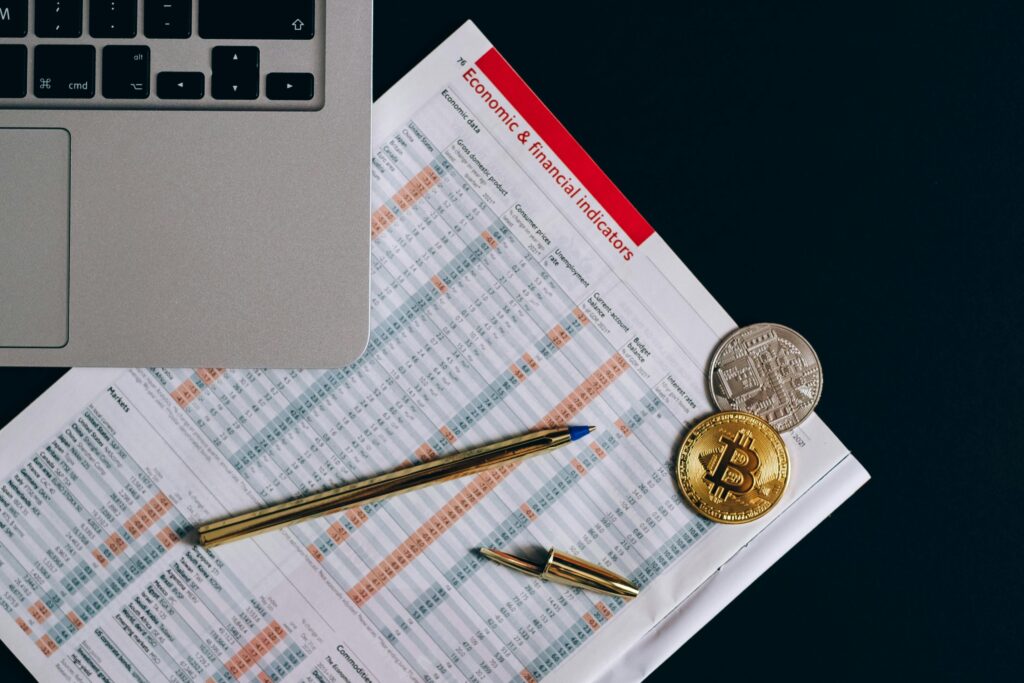Using bitcoin to secure a comfortable retirement is no longer an extreme idea. As traditional currencies continue to erode under inflation and old-school pensions become less reliable, more individuals are asking the same question. How much bitcoin should I own right now to stop working by 2050? It is a fair question, especially as bitcoin continues to evolve into a trusted store of long-term value. While your final number will depend on lifestyle, retirement goals, and spending habits, we can break the math down into a clear, realistic estimate.
1. Bitcoin as a Long-Term Wealth Strategy

Bitcoin has grown well beyond its roots as a high-risk investment. Today, it plays a meaningful role in the portfolios of investors who want to protect their wealth from inflation and centralized control. Since its creation in 2009, it has consistently outperformed most traditional assets over long stretches of time. Its scarcity is a major strength. Only 21 million bitcoins will ever exist, making it fundamentally different from currencies like the dollar or euro that can be endlessly printed.
Investors are no longer looking at bitcoin as a quick trade. Retirement accounts, insurance firms, and even legacy family offices are beginning to treat bitcoin as a serious reserve asset. This trend suggests we are entering a new financial era. If momentum continues, a portion of your future retirement could realistically come from bitcoin appreciation.
2. Estimating Bitcoin’s Future Value

To know how much bitcoin you need today, you first need to estimate what one bitcoin might be worth in 2050. While exact numbers are impossible to predict, educated projections help create a practical plan. If adoption continues and supply remains fixed, estimates often range from $250,000 to $1 million per coin. Some models go higher, but for this purpose, we’ll work with moderate expectations.
Bitcoin goes through scheduled “halving” events every four years, which cut mining rewards by half. These events have historically limited new supply and pushed up the price. If that pattern holds and demand grows, bitcoin could hit the million-dollar mark before 2050. That would place it among the most valuable assets in existence. At that level, even owning a few coins could fund a complete retirement.
3. What a Comfortable Retirement Could Look Like

Everyone defines comfort differently, but modern retirement estimates suggest that between $2 million and $3 million is needed today to retire securely. That amount covers housing, food, medical care, travel, and emergency costs. By 2050, inflation may raise that figure closer to $3.5 million or more, depending on your lifestyle and location.
This projection assumes a stable standard of living, some room for luxury, and coverage for healthcare. It also considers the disappearance of guaranteed pensions and the uncertain future of government-backed retirement systems. Whether you imagine retiring in a downtown condo or a country home, your cost of living will help determine how much bitcoin you need to accumulate.
4. Bitcoin’s Potential to Reach Retirement Targets

Suppose your goal is to retire with $3.5 million in assets by 2050. If bitcoin reaches $1 million per coin, you would need about 3.5 bitcoins. If the price ends up at $500,000, you would need 7 coins. At $250,000, the total rises to 14 coins. And if bitcoin caps out at $100,000, then you’d need 35 coins to meet your goal. These figures are not unrealistic. They are grounded in previous market performance and projected supply changes. The important point is that you do not need dozens of bitcoins. Even a few full coins, or several fractional holdings, could be enough if acquired early and held securely over time.
5. Starting Small Is Still Powerful

There is a common myth that you need to buy a full bitcoin to invest. In reality, bitcoin is divisible into 100 million units called satoshis. You can start investing with just a few dollars. Many long-term investors use a method called dollar-cost averaging, which involves buying a set amount regularly regardless of price. For example, investing $100 a month over the next 25 years could lead to a significant portfolio. Time and consistency are your best tools. You don’t need to time the market or jump in during crashes. Just buy regularly and hold. This approach removes emotion from the equation and takes advantage of bitcoin’s long-term growth trend.
6. Your Lifestyle Will Shape Your Bitcoin Target

There is no universal number that fits everyone. Your target depends on your goals. If you want to retire early, travel extensively, or live in a high-cost city, you will need more bitcoin. If you plan a simpler life or intend to retire in a country with a low cost of living, you might need less. Don’t forget to include unpredictable costs. Retirement comes with surprises. Medical bills, home repairs, and supporting family members can drain savings. Bitcoin can be part of the solution, but only if your plan accounts for these variables. The broader your plan, the better prepared you will be.
7. Why a Balanced Portfolio Still Wins

Even if you believe strongly in bitcoin, it should not be your only retirement asset. Good planning involves diversification. Stocks, real estate, gold, and cash still play important roles in preserving and growing wealth. While bitcoin can act as a hedge against inflation and currency instability, it is also volatile. A balanced portfolio might include 10 to 20 percent bitcoin. This allows for meaningful exposure without too much risk. If bitcoin performs well, that small portion can have an outsized impact. If it does not, the rest of your portfolio can keep you on track.
Read More: 15 Retirement Scams to Watch Out For
8. Protecting Your Bitcoin for the Long Term

When holding bitcoin for decades, security is critical. Cold storage wallets, such as hardware wallets, are the gold standard. These physical devices store your bitcoin offline, which makes them much harder to hack or corrupt. Keeping backup recovery phrases and storing them in a separate secure location is also essential. Think ahead. If something happens to you, your loved ones should be able to access your holdings. That means adding your bitcoin to your estate planning. Include instructions in a will or a trust. Long-term planning is not just about growth. It is about protecting your investment across generations.
9. Why Patience Pays with Bitcoin

Bitcoin has seen wild highs and painful lows. Through all the ups and downs, its long-term trend has moved upward. Price drops often remove short-term speculators and strengthen the commitment of long-term holders. This is why patience is one of the most valuable traits in a bitcoin investor. Retirement planning is not about chasing headlines or reacting to short-term fear. It is about slowly building wealth over years. If you avoid panic, ignore hype, and stay committed, bitcoin can become a powerful tool for long-term financial success. Looking decades ahead is the mindset that works best.
10. Be Aware of Taxes and Rules

In most countries, gains from bitcoin are taxed. These rules vary by jurisdiction, but many treat bitcoin profits as capital gains. You will likely owe taxes when you sell or spend bitcoin that has appreciated. Over decades, these taxes can add up, unless you plan carefully. Keep a record of every bitcoin transaction. Some retirement accounts may offer tax advantages for bitcoin, depending on your local laws. Rules are changing fast. Staying current on regulation can save you money and help you avoid legal issues later in life.
11. The Best Time to Begin Is Now

Waiting for the right moment to invest often leads to inaction. If you wait until bitcoin is at a new all-time high, you may miss the biggest gains. Starting now, even with small amounts, gives your investment more time to grow and smooth out price swings. Time in the market matters more than timing the market. Delaying retirement planning is one of the costliest mistakes people make. You do not need to be wealthy to begin. You just need to take the first step.
12. Building Your Bitcoin Retirement Plan

To retire using bitcoin by 2050, you need to set a clear savings target and stay consistent. If bitcoin reaches $1 million per coin, holding 3 to 4 coins could give you financial freedom. If it grows slower, 7 to 14 coins may still do the job. Even if the growth is minimal, you can reach your goals by planning for more. Bitcoin favors those who think long term and avoid short-term emotional reactions. Small, regular investments made over time can evolve into significant retirement assets. While no one can predict the future price of bitcoin with certainty, its growing role in global finance is hard to ignore.
Read More: Retirement Savings Goals: How Much You Should Have at Every Age
Retiring comfortably by 2050 using bitcoin is not only possible, it is increasingly practical with the right plan. You do not need to guess the market or wait for perfect conditions. By starting early, investing consistently, and protecting your holdings, you can turn even small bitcoin contributions into long-term financial security. With patience and planning, bitcoin can be a valuable part of your retirement future.
Disclaimer: This article was created with AI assistance and edited by a human for accuracy and clarity.

